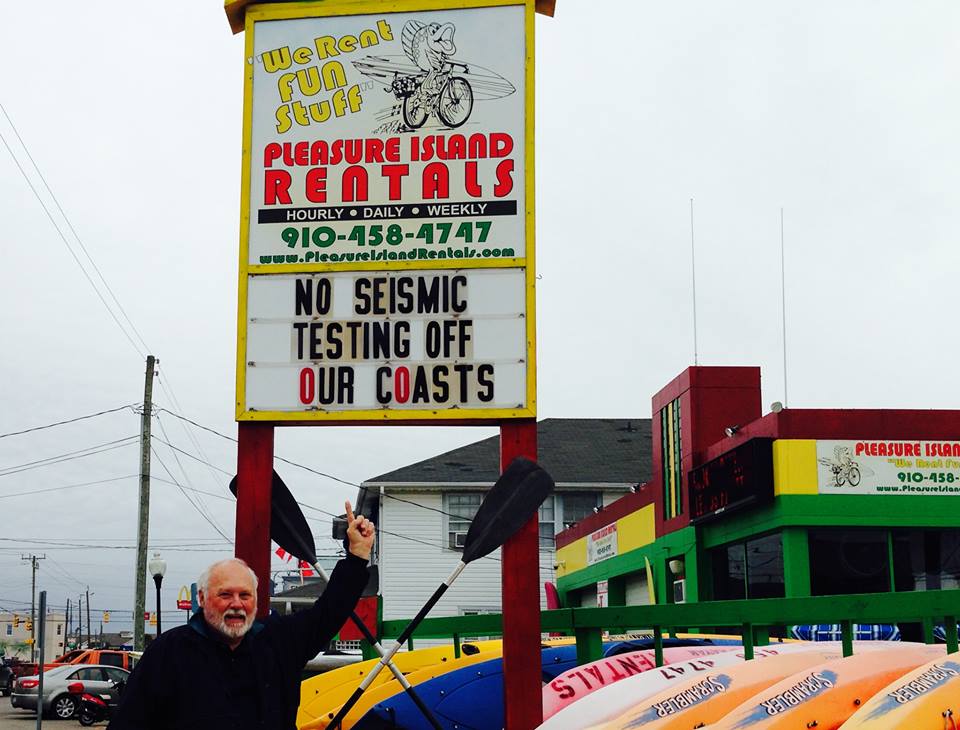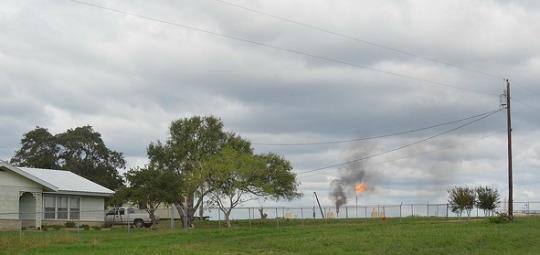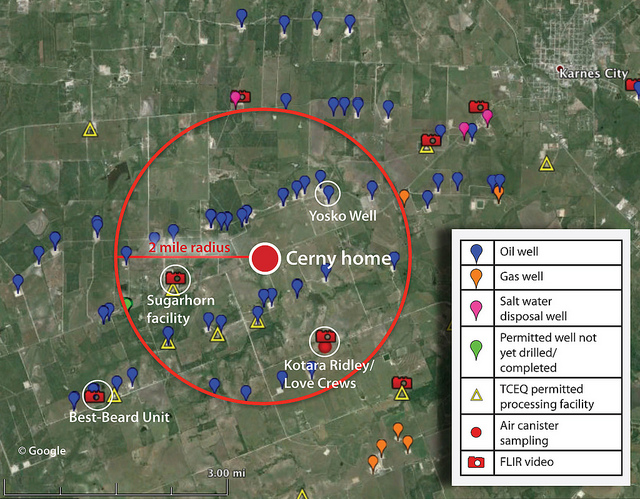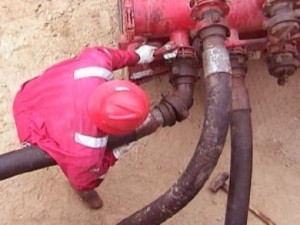http://blog.cleanenergy.org/2014/02/19/local-biz-owners-say-offshore-drilling-is-bad-for-business/
February 19th, 2014
by Chris Carnevale
Who knows what good and bad for business on the coast better than the coastal businesses? And the coastal businesses know that offshore drilling is bad for business. Pleasure Island Rentals in Carolina Beach, NC stands against seismic testing for offshore oil and gas.
Photo courtesy Randy Sturgill.
Who would you say is the most qualified entity to talk about what’s good and bad for business on the coast of the Southeastern U.S.? President Obama? The U.S. Chamber of Commerce? Maybe Governor McCrory in Raleigh, North Carolina or Governor Haley in Columbia, South Carolina, or Congressmen who live hundreds of miles from the coast? How about businesses and business owners that live, work, and raise families actually on the coast?
While Big Oil tries to persuade public officials that offshore oil and gas drilling would be a good thing for the coastal economy, too often the voices from the coast itself are pushed aside and not represented at the table when big money is at play. We think it makes sense to ask our coastal businesses what they think.
In North Carolina, coastal businesses recently made themselves heard in a letter to the Obama administration, spurred by Governor Pat McCrory’s push for opening the Atlantic coast to offshore oil and gas drilling and recent meeting with U.S. Energy Secretary Moniz to see it through. In response to these actions, 60 North Carolina businesses-30 from the coast and 30 inland-delivered a letter to President Obama and Secretary Moniz offering the locals’ perspective and not surprisingly, they unanimously and vigorously proclaim that offshore drilling will jeopardize the coastal economy.
An excerpt from the letter:
We are writing as businesses that depend upon a healthy coast as the foundation of our economy. Visitors come to North Carolina’s coast to experience our national and state parks and engage in recreational diving, boating, fishing and surfing, among many other activities. The North Carolina Department of Commerce estimates that coastal tourism and recreation in North Carolina support more than 25,000 jobs and contribute more than 2 billion dollars to the state economy annually. Commercial fishing is also a major industry that supports more than 5,000 jobs and has an estimated annual economic impact of 336 million dollars. These industries depend on a healthy coast and thriving natural resources. […] As coastal business owners, we believe that the Governor’s push for offshore exploration is misguided and presents significant risks to our economy.
About 300 citizens showed up to the Kure Beach town council meeting to oppose the mayor’s support for seismic testing of offshore oil and gas. Photo courtesy Alan Cradick, Wilmington Star News.
At about the same time this letter from the business community was being delivered to Washington, DC, coastal citizens made their sentiments about offshore drilling quite clear in the normally peaceful town of Kure Beach, NC. The Kure Beach mayor had signed on to a letter from the American Petroleum Institute (Big Oil’s lobbying arm) in support of offshore oil and gas exploration. Hundreds of citizens showed up (notable in a town of just 2,000 residents) to a subsequent town council meeting to let the council know that they do not support offshore drilling along North Carolina’s coast nor undertaking the risky exploration process. Interestingly, Kure Beach also passed a resolution in support of offshore wind energy, showing that offshore energy can be a sound economic development opportunity, as long as its done right-with wind, not drilling. The popularity of offshore wind with coastal residents is proven with scientific polling carried out by Clemson University.
The business community’s letter and the display of public outrage about offshore seismic testing show that coastal businesses and residents are not going to put up with the pro-drilling agenda pushed by Big Oil and repeated by politicians that could leave coastal citizens and our natural resources high and dry while padding faraway pockets. These events show that coastal businesses and residents are taking a stand for what we love about the coast, how we want to sustain our economy and way of life, and what we hope to pass down to future generations. We hope that the McCrory administration and Obama administration are listening with genuine intentions of serving the public interest.
– See more at: http://blog.cleanenergy.org/2014/02/19/local-biz-owners-say-offshore-drilling-is-bad-for-business/#sthash.WHAu0o0k.dpuf
Special thanks to Richard Charter



